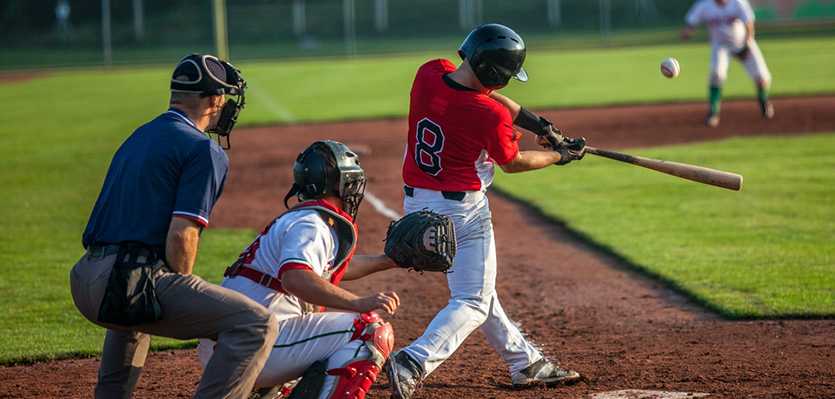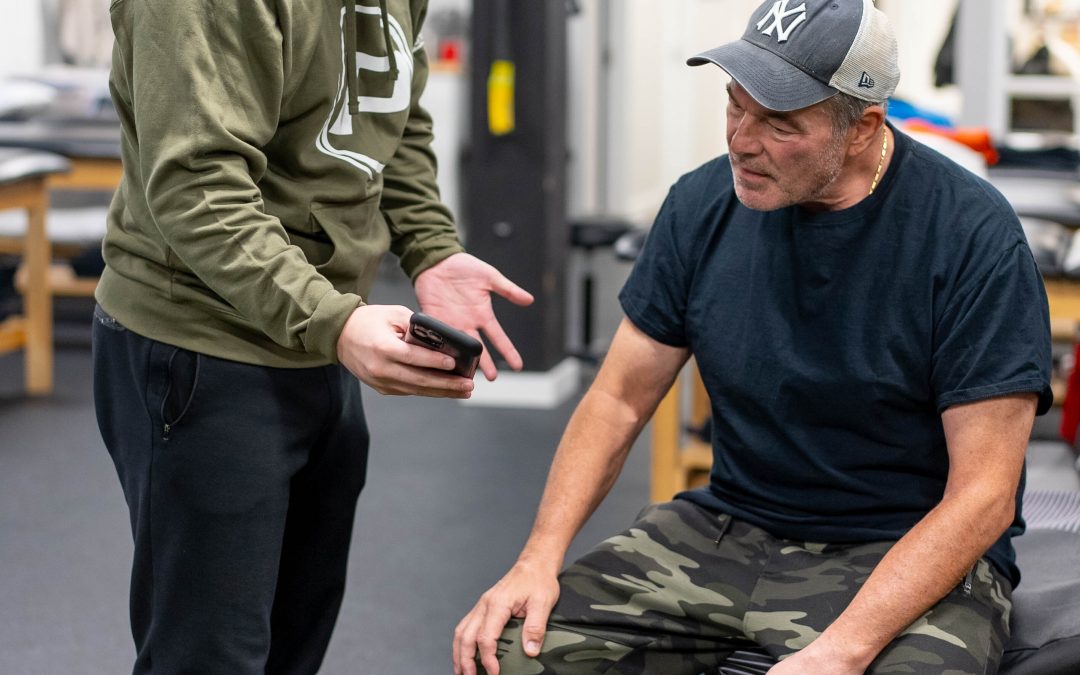With the arrival of spring comes the highly anticipated beginning of baseball season. While baseball is one of America’s favorite sports, it is also the cause of over half a million injuries every year. Baseball-related injuries are especially common amongst youth athletes. Injuries in youth athletes are of major concern for parents, coaches and medical providers. If sports-related injuries in youth players are improperly treated, they may have lifelong consequences. Thus it is important for players, parents and coaches to be well-informed regarding proper treatment and training to avoid present and future injury.
The most common type of injuries in youth baseball players are overuse injuries; so much so that, according to the Institute for Sports Medicine at Children’s Memorial Hospital, 40% of youth pitchers develop them. In prepubescent athletes, the growth plates of the elbow and shoulder are highly vulnerable to the stresses of overuse which can end in injury. Unfortunately, children are more vulnerable to injury than adults. A report in The American Journal of Sports Medicine indicates that “an estimated 58 percent of baseball players ages 11-18 experience elbow injuries”.
There are many risk factors for injury, but the most important is the number of pitches thrown—the more pitches thrown, the higher the risk for injury. Other risk factors include not resting between pitching appearances, pitching through fatigue, poor body mechanics, muscular imbalances, throwing breaking pitches at a young age and muscle weakness and in exibility. Players, parents and coaches can learn more about ageappropriate pitch counts and types by referencing the guidelines published by the USA Baseball Medical and Safety Advisory Committee. Although, the risks of injury are numerous, with the proper knowledge and preparation, injury in youth players can be avoided.
Here at ProMet, we emphasize the importance of muscular balance both for optimum performance and to avoid injury. It is important to remain physically fit all year, whether it is during the off season or in the middle of the playoffs. It is important to follow an exercise program which emphasizes on strengthening not only the upper body, but also core and leg musculature. Pitching with weak legs and core muscles puts added and unnecessary stress on the elbow and shoulder.
Another scary baseball topic involves the misconceptions surrounding Tommy John surgery—a procedure in which the ulnar collateral ligament in the medial elbow is replaced with a ligament from elsewhere in the body. Some pitchers are able to throw harder after the surgery, which has increased the number of parents who request that the surgery be performed on their prepubescent children.
The increase in performance after Tommy John surgery is not a direct effect of the surgery, but instead is due to the amount of time the player spends in intensive rehabilitation, working with a physical therapist and a trainer, and an increased attention to conditioning.




